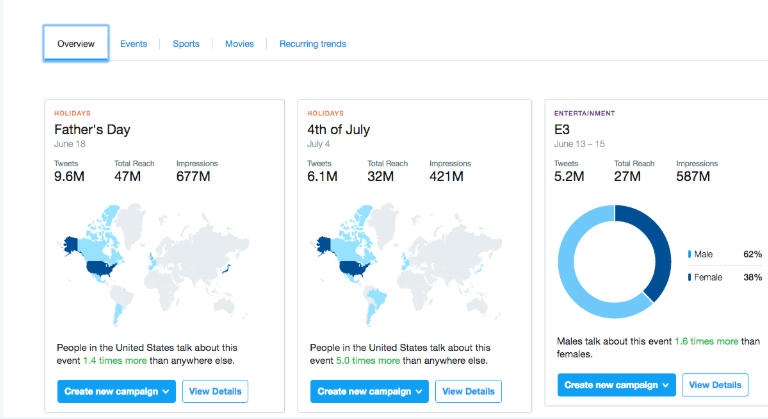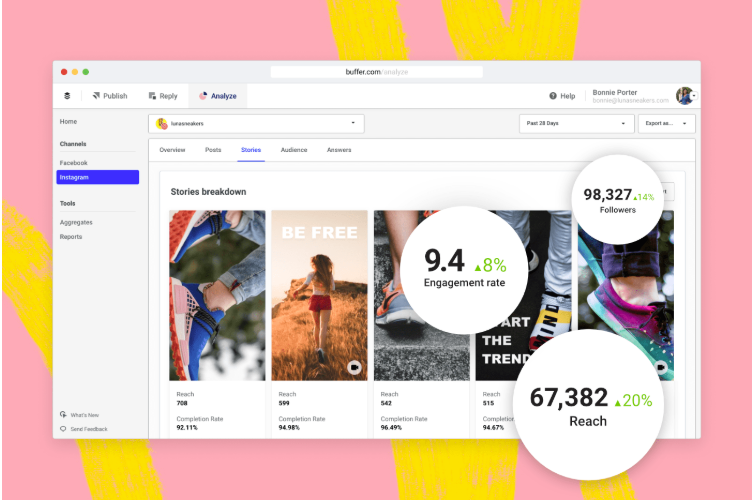All around us, we're seeing implications of the Fourth Industrial Revolution on our daily routines. When was the last time you used Google Maps to get someplace? Or asked Siri a simple math question, or picked something to watch from your Netflix recommendations?
While it's easy to think about a distant future where robots take your restaurant order and sell you a house, similar advancements may be closer than we think, and some of that may be due to this new revolution.
This change in technology means a change in how products are marketed to consumers, meaning marketers should take note. So what is the "4IR," as some have abbreviated it?
As Schwab explains, the revolution builds directly upon the Third Industrial Revolution (3IR). The result of the 3IR was digital — it brought the invention of electronic systems, information technology systems, and the birth of the idea of automation. Due to the creation of these systems and technological advances, the 4IR is built upon this.
Why the Fourth Industrial Revolution Matters to Marketers
Some of the key technologies driving this revolution include artificial intelligence (AI), quantum computing, virtual reality (VR), and the Internet of Things (IoT). An example of this revolution at work is AI finding patterns in large amounts of data, quantum computing organizing that data at an incredible speed, and the Internet of Things displaying this data in the form of recommending a Netflix documentary to you.
What does this revolution mean for marketers? How will we be affected?
1. More data means more personalized marketing
The advancements of quantum computing and AI data collecting means there's an influx of data available to marketers about their target audience. To illustrate, because of quantum computing, Facebook can pull your most recent Google searches and then suggest ads based on your search history, thanks to AI.
Information, such as demographic and psychographic data, is collected and used by software such as social media analytics tools.
This data can help marketers create a more personalized strategy –– one that target audiences can identify with. For instance, if your data sets are telling you that your target audience prefers to make purchases via eCommerce options, why not look into including Instagram Shopping into your social media strategy?

In the above dashboard captured from Twitter analytics, you can see examples of the demographics Twitter can track and provide insights on. This data is available thanks to advancements in AI, and has become a critical component of building impactful marketing strategies.
2. More connected devices mean more chances to build your brand
With all of the elements that make up the Internet of Things (like voice assistants, smart appliances, and wearable tech), marketers have the chance to build brands that align with this new internet.
For instance, the IoT makes it possible for you to send personalized discounts to customers signed up to loyalty rewards program while they're browsing in the store, based on their proximity to your products. Further, you can use IoT to track which and how many customers have been looking at products when they browse online and then send that customer a discount based on those numbers.
I for one, wholeheartedly wish my favorite local coffee shop would send me coupons while I am in the supermarket searching for new coffee grounds. Convenience at its finest.
3. Data systems assist with streamlined processing
The rise of AI means that you can make the data collection portion of your job easier. Tools powered by the Fourth Industrial Revolution can keep you from spending a significant portion of your time trying to find ROI in social media strategy.
Social media analytics tools tell you the rate at which your brand is engaging with customers. Digital advertising tools provide real-time data on the impact of the ads you put out. All this can be done by machines in a fraction of the time it would usually take to collect and interpret that data manually -- time you can spend doing other things.

Tools like Buffer Analyze can tell you how your marketing strategy is reaching audiences and what you can do to improve that reach. Buffer is an automated software that lets you schedule social media posts and watch their performance. In this screenshot, Buffer is analyzing the impact of Instagram Stories for a brand.
4. The fusion of technology leads to the need for specialized roles
All this new technology means marketers are defining job requirements differently. Not only does a marketer in the Fourth Industrial Revolution need to learn new skills like interpreting new types (and a much larger volume) of data, the functions of a marketer's core role will need to shift.
Though it's dependent on the industry, roles for marketers are becoming more specialized. For instance, a marketing team in 2020 might consist of a full-time SEO specialist, a blogger, a brand specialist, and a social media coordinator.
Previously, these roles might've been consolidated under one person (and still is one person in many SMBs), but larger companies are finding they need employees who specialize in certain functions. These important skillsets ensure brands are operating at their highest potential as new technology emerges.
We are in the midst of the Fourth Industrial Revolution, and we are constantly finding new advancements in something. While much of the shift of process and function is happening online, many of these advancements benefit marketers. This is because marketing can be faster, data-driven, and personalized.
No comments:
Post a Comment